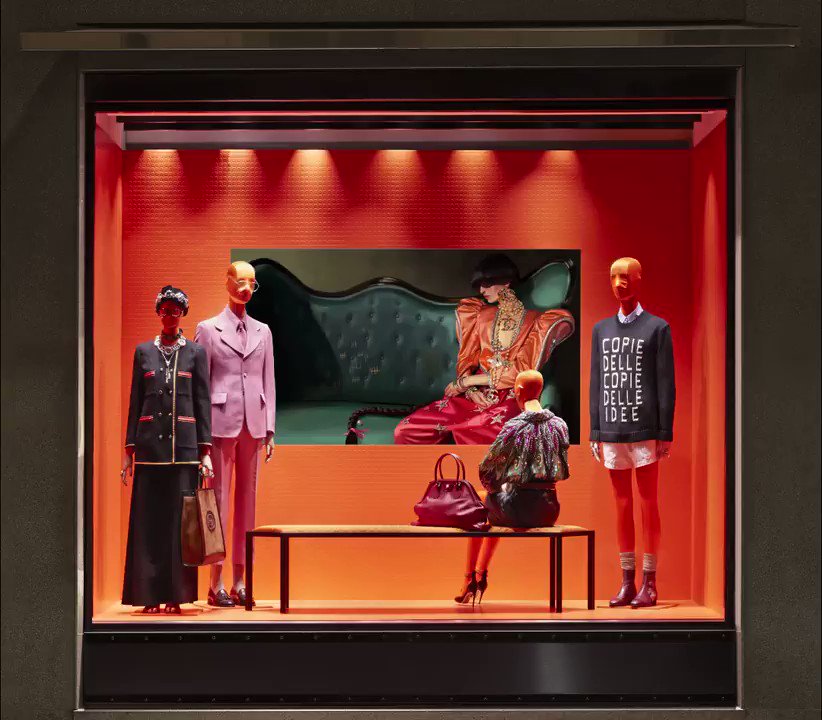Tom McGee, president and ceo of the ICSC, shares insights into the convergence of digital and physical stores.
Many retailers make their first impression far before a shopper steps foot in a physical store or visits the retailer’s web site. Shoppers are discovering products and services through digital touchpoints that are loosely connected with brands — a live-stream hosted by an influencer, a voice search through a smart speaker or a shoppable Instagram post. These channels exist at the emerging edges of traditional retail. But they’re quickly influencing consumers and their buying decisions.
A recent global study by Salesforce shows that shoppers use an average of eight different channels to communicate with companies. And instead of a single storefront, 86 percent of consumers use a combination of retailers, brands and marketplaces to do their shopping, the study found.
Brands are spending billions to ensure that those digital interactions — wherever they happen — create a seamless experience, with stores serving as hubs for discovery and fulfillment.
One way retailers are converting digital traffic to sales at stores is by doubling down on convenience. Consider Nordstrom as an example. As part of its brick-and-mortar investments, Nordstrom is offering a wider selection of items for next-day pickup, and offering returns and alterations at additional locations. Those investments appear to be paying off: Half of Nordstrom’s digital sales growth in the third quarter of 2019 came from “buy online, pick up in-store” transactions.
Walmart has also recognized how digital touchpoints are influencing the shopping journey, so it’s redesigning stores to perform double duty as online fulfillment hubs. The global giant remodeled 500 stores in 2019 at a reported cost of $11 billion. Some of the changes include vending machines that dispense online purchases, updates to grocery and hardware departments and enhancements to pharmacies to include private consultation rooms.
Home Depot is investing in brick-and-mortar in order to provide more seamless shopping experiences, too. The home improvement chain plans to spend $5 billion on store improvements in 2020, acknowledging that consumers want a physical location to collect online orders. Already, about half of all of Home Depot’s e-commerce purchases get picked up at stores, with around 10 percent of the company’s sales coming from online shoppers.
Digitally driven convenience is also influencing how and where we eat. While coffee chains have been offering online ordering and pickup for some time, the feature is now expanding to restaurants. For instance, full-service chains such as Outback Steakhouse and IHOP are opening spinoff versions of some of their restaurants to mirror their fast-casual counterparts. These redesigned restaurants have fewer tables, service along assembly lines, online ordering for pickup and delivery, and fewer front-of-house employees, making them less expensive to operate.
All of which points to a critical issue for retailers: Understanding where and how connected consumers are browsing as brands consider whether to open or redesign a store. According to Cowen’s Future of Retail report, more than 63 percent of Millennials from ages 18 to 34 spend at least four hours per day on their mobile phones. In other words, your next consumer’s purchasing decision often start long before shoppers walk through the door.
Tom McGee is president and chief executive officer of the International Council of Shopping Centers.

